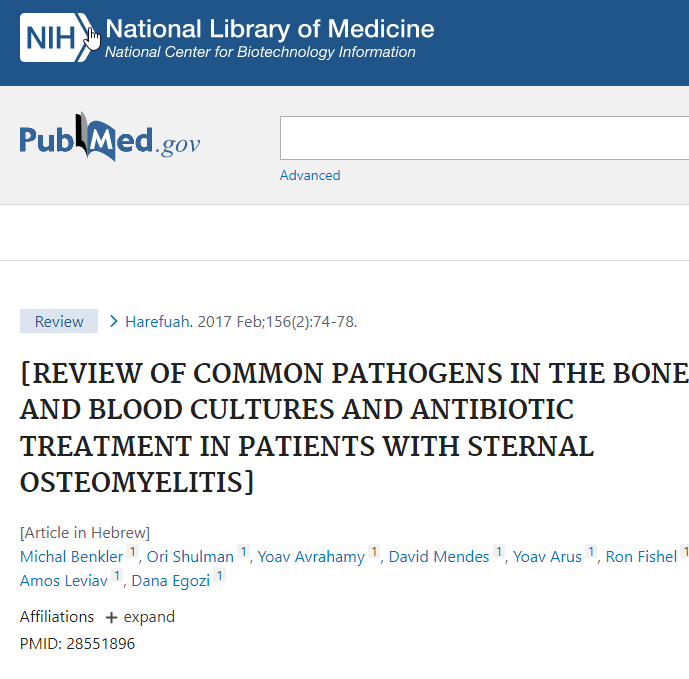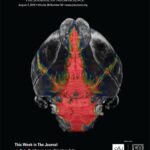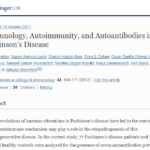
REVIEW OF COMMON PATHOGENS IN THE BONE AND BLOOD CULTURES AND ANTIBIOTIC TREATMENT IN PATIENTS WITH STERNAL OSTEOMYELITIS
(Harefuah. 2017 Feb;156(2):74-78)
Abstract
Aims: This study concentrates on microbiological data collection of deep sternal wounds to delineate early and correct antibiotic therapy.
Background: Deep sternal wound infection, mediastinitis and sternal osteomyelitis are devastating and life-threatening complications of median-sternotomy incisions after cardiac surgical procedures. The incidence of surgical wound infection in sternotomies should be similar to that in any clean surgical procedure (i.e. approximately 2%). Nonetheless, the infection rates are higher among heart disease patients, due to the fact that these patients are burdened with a high number of risk factors in comparison with the general population.
Results: In line with other publications, the most commonly cultured organism from deep sternal wound and blood cultures was found to be Staphylococcus. In comparison, the most commonly cultured Gram-negative organisms were Pseudomonas and all gram-negative organisms combined together represented approximately 50% of all cultures. Three dominant organisms were isolated from wound and blood cultures: Staphylococcus, Pseudomonas and Acinetobacter. We found that 40% of blood cultures were identical to prior wound cultures, in comparison to 30% of bone cultures. Furthermore, 20% of the organisms isolated from the wound and 13% of the organisms isolated from the bone later on cross over to involve the blood.
Conclusions: Empiric antibiotic regimen should be broad spectrum and cover both gram-positive as well as gramnegative organisms. We demonstrate that antibiotic regimen during sepsis may rely partially on preliminary wound cultures. Furthermore, antibiotic treatment for a relatively short period of two weeks is adequate, alongside thorough surgical revision with debridement of all foreign bodies, and reconstruction with vascularized soft tissue flap (pectoral major).

 051-2361982
051-2361982


